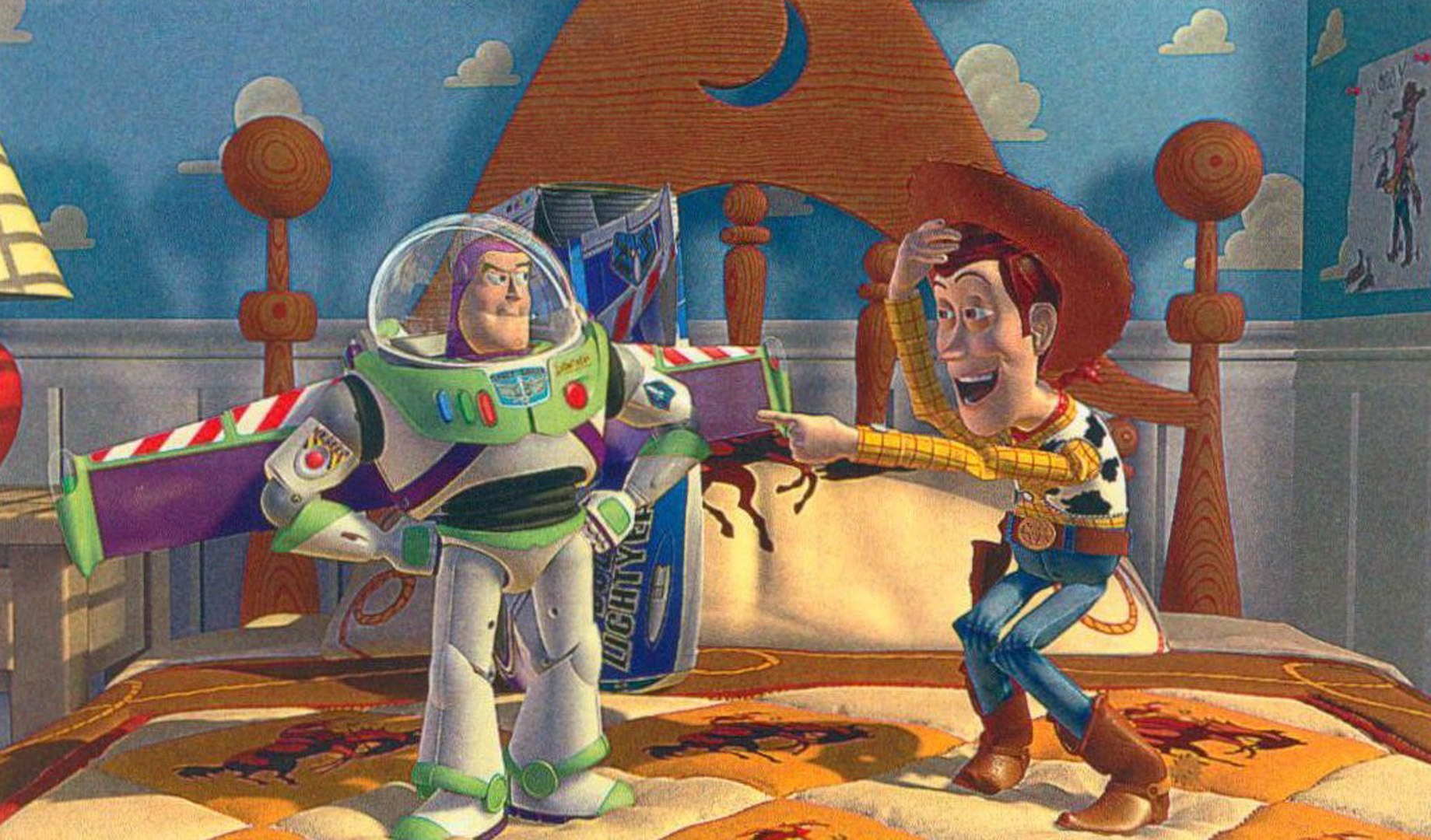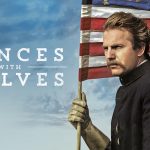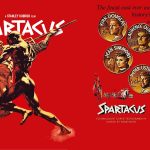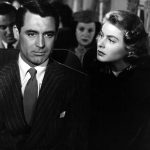Toy Story – John Lasseter (1995)

Directed by John Lasseter and released in 1995, “Toy Story” marks a significant milestone in cinematic history as the first entirely computer-animated feature film. Produced by Pixar Animation Studios and distributed by Walt Disney Pictures, the film revolutionized the animation industry and captured the hearts of audiences worldwide with its innovative storytelling and endearing characters.
Set in a world where toys come to life when humans are not around, “Toy Story” follows the adventures of Woody (voiced by Tom Hanks), a pull-string cowboy doll who is the beloved leader of a diverse group of toys in the room of a young boy named Andy. Woody’s position as Andy’s favorite toy is threatened when Andy receives a new Buzz Lightyear action figure (voiced by Tim Allen), complete with impressive features and a delusional belief that he is a real space ranger.

Central to the film’s narrative is the rivalry-turned-friendship between Woody and Buzz, as they navigate their own insecurities and differences while embarking on a journey of self-discovery. The film explores themes of friendship, loyalty, and the fear of abandonment, resonating with audiences of all ages through its heartfelt storytelling and relatable characters.
One of the film’s greatest achievements is its groundbreaking use of computer animation, which allowed for unprecedented visual fidelity and expressive character animation. Pixar’s innovative techniques brought the toys’ world to life with vibrant colors, intricate textures, and dynamic movements that added depth and realism to the story. From the intricacies of Woody’s stitching to the reflective surfaces of Buzz’s spacesuit, every detail was meticulously crafted to enhance the believability and emotional impact of the characters.

Beyond its technical achievements, “Toy Story” excels in its ability to balance humor, adventure, and emotional depth. The screenplay, written by a team that included Joss Whedon, Andrew Stanton, and Joel Cohen, masterfully weaves together moments of laughter and heartache, creating a narrative that appeals to both children and adults. The film’s witty dialogue, memorable one-liners, and clever references to popular culture contribute to its enduring appeal and cultural significance.

Thematically, “Toy Story” explores existential questions about identity and purpose, particularly through Buzz Lightyear’s journey of self-discovery. Buzz’s gradual realization that he is not a real space ranger but a toy challenges his worldview and underscores the film’s exploration of self-acceptance and personal growth. Meanwhile, Woody learns valuable lessons about leadership and the importance of friendship, as he evolves from feeling threatened by Buzz to becoming his steadfast ally.
Visually, “Toy Story” remains visually appealing even decades after its release, thanks to its timeless animation style and attention to detail. The film’s imaginative portrayal of a world where toys have lives of their own continues to captivate audiences, inviting them to imagine the secret lives of their own childhood toys.

The voice performances by Tom Hanks as Woody and Tim Allen as Buzz Lightyear are pivotal to the film’s success, imbuing their characters with warmth, humor, and vulnerability. Their chemistry and rapport on-screen create a dynamic partnership that drives the film’s emotional core and reinforces its themes of friendship and loyalty.
In conclusion, “Toy Story” (1995) is more than just a pioneering work of animation—it is a timeless tale that continues to resonate with audiences of all generations. Through its innovative animation techniques, heartfelt storytelling, and memorable characters, the film has left an indelible mark on popular culture and established Pixar Animation Studios as a powerhouse in the world of filmmaking. John Lasseter’s visionary direction, coupled with stellar voice performances and a resonant screenplay, ensures that “Toy Story” remains a beloved classic that celebrates the power of imagination, friendship, and the enduring magic of childhood.









